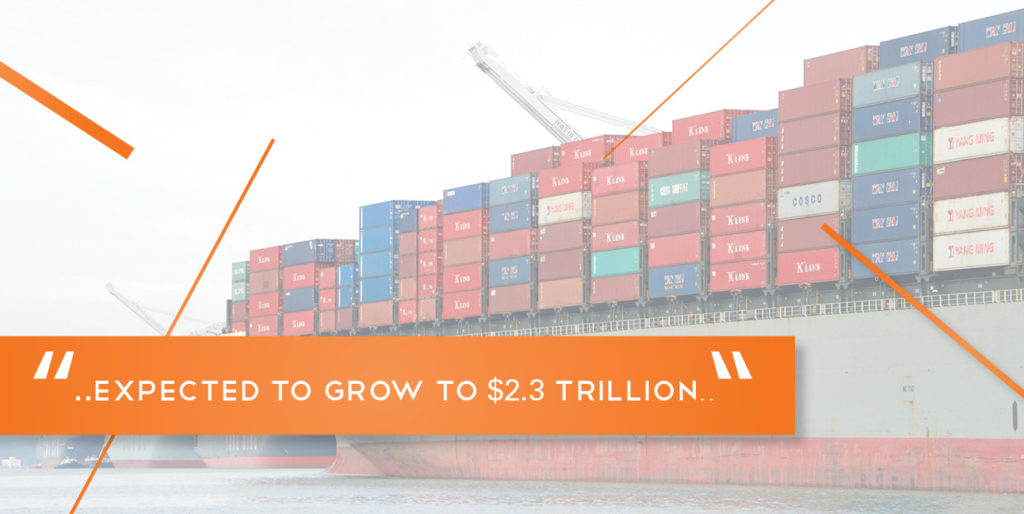E-commerce is quickly becoming the new normal world-wide. Why trek out to a brick and mortar storefront when you can comparison shop and purchase the perfect item with the click of a button? (Honestly, people don’t even need to click anymore, with voice activated devices such as the Amazon Echo, your wish is their command.)
In 2017, the total business-to-customer e-commerce sales is expected to grow to $2.3 trillion with an estimated annual growth rate of 9.8% in the U.S. between 2013 and 2018. While this may be an online retailers dream come true, from a logistical perspective it has introduced another level of complexity to an already tediously built network of distribution. In other words, there’s a lot of hang wringing going on – and for good reason.
With major players like Amazon registering its China arm as an ocean freight forwarder (a cost-cutting move for its retail business), many freight forwarders are saying, “What about me?” To answer that question, ocean carriers need to take a hard look at how they can better incorporate technology into their operations because that’s going to be what sharpens their competitive edge.
According to Logistics Management, B to B e-commerce technology can have a significant impact on customer relations when it solves fundamental challenges in how the company handles its shipping activities. But what does that mean? It means deploying a cloud-based technology platform that makes things like sailing schedules, booking, shipping instructions, bill of lading, track and trace, and reports more transparent and user-friendly. Cloud technology enables customers to have a more collaborative and informed role in the process, strengthening relationships and positioning your firm as forward thinking and cost advantageous.
In the end, it’s about making it easier and faster for shippers to book freight transport and reduce their overall spend. Technology is playing a major role in logistical management and if carriers want to remain competitive, they need to get on board.

